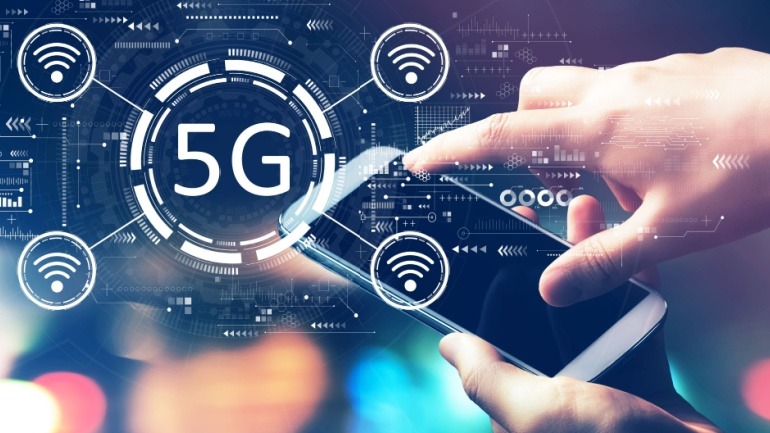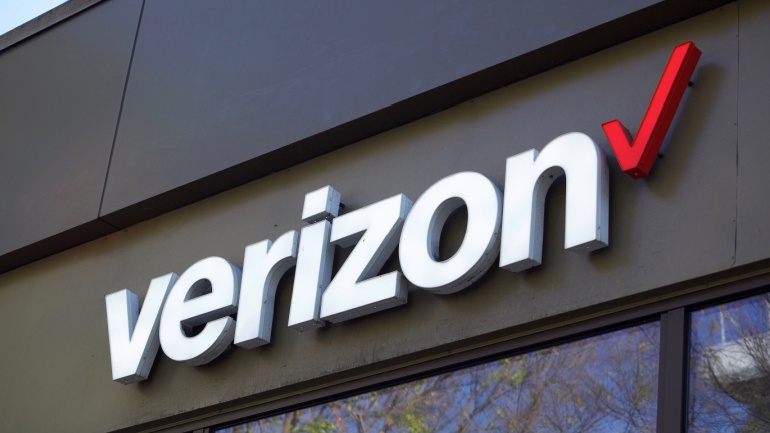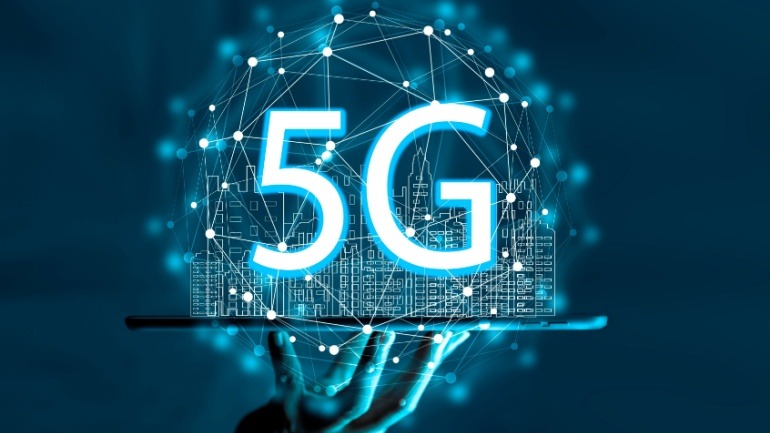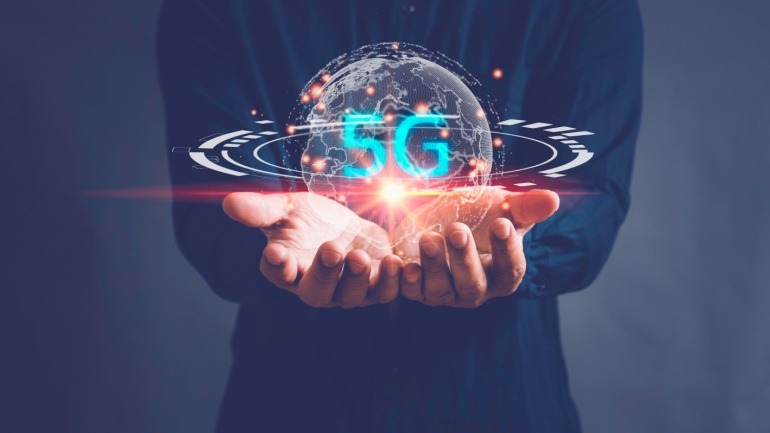France and Germany’s partnership on the 5G Autobahn to Autoroute project is creating a groundbreaking 5G corridor between Metz and Saarbrücken. This cross-border endeavor, involving renowned telecom players like Orange and Telefónica, promises to revolutionize digital infrastructure.
U Mobile has partnered with CIMB Bank to secure funding for its role as Malaysia’s second 5G network provider. The collaboration supports a rapid 5G rollout, enhancing digitalization efforts and infrastructure.
BT Group’s groundbreaking trial of 5G Standalone network slicing on the EE network in Belfast significantly optimized mobile payment systems during the bustling Christmas Market. This real-world application highlights BT’s 5G SA technology potential.
Nokia and Zain KSA have teamed up to revolutionize indoor mobile connectivity in Saudi Arabia by introducing the first 4G/5G Femtocell solution in the region. This partnership aims to improve indoor network coverage for enterprises, ensuring seamless and efficient communication.
Honeywell and Verizon have partnered to deliver a 5G-powered retail and logistics solution, ensuring seamless business operations during disruptions. Combining Honeywell’s tech with Verizon’s 5G, the system simplifies procurement, device management, and scalability.
Verizon Business is revolutionizing communication infrastructure at multiple US Air Force bases, enhancing 4G and 5G networks. This strategic initiative not only boosts connectivity but also showcases Verizon’s commitment to network solutions within military operations.
Verizon’s recent 5G trial, in collaboration with Samsung and MediaTek, showcased download speeds of 5.5 Gbps using advanced carrier aggregation. This breakthrough highlights the potential of 5G technology for enhances solutions.
Telefonica’s 5G network now covers over 90% of Spain’s population. The expansion, particularly in the 3.5 GHz and 700 MHz bands, ensures widespread, reliable connectivity. This progress not only enhances consumer experiences but also fuels industrial innovation.
Vodafone Idea is poised to transform India’s telecom landscape with its 5G launch. By targeting 75 key cities, Vodafone aims to reclaim market share from Reliance Jio and Airtel. Offering potential pricing advantages, Vodafone’s 5G rollout promises compelling opportunities for consumers.
Italy is gearing up for its first 5G Standalone millimeter wave network, enhancing Fixed Wireless Access in underserved areas. Announced by Nokia, this project supports EOLO in bridging connectivity gaps.













